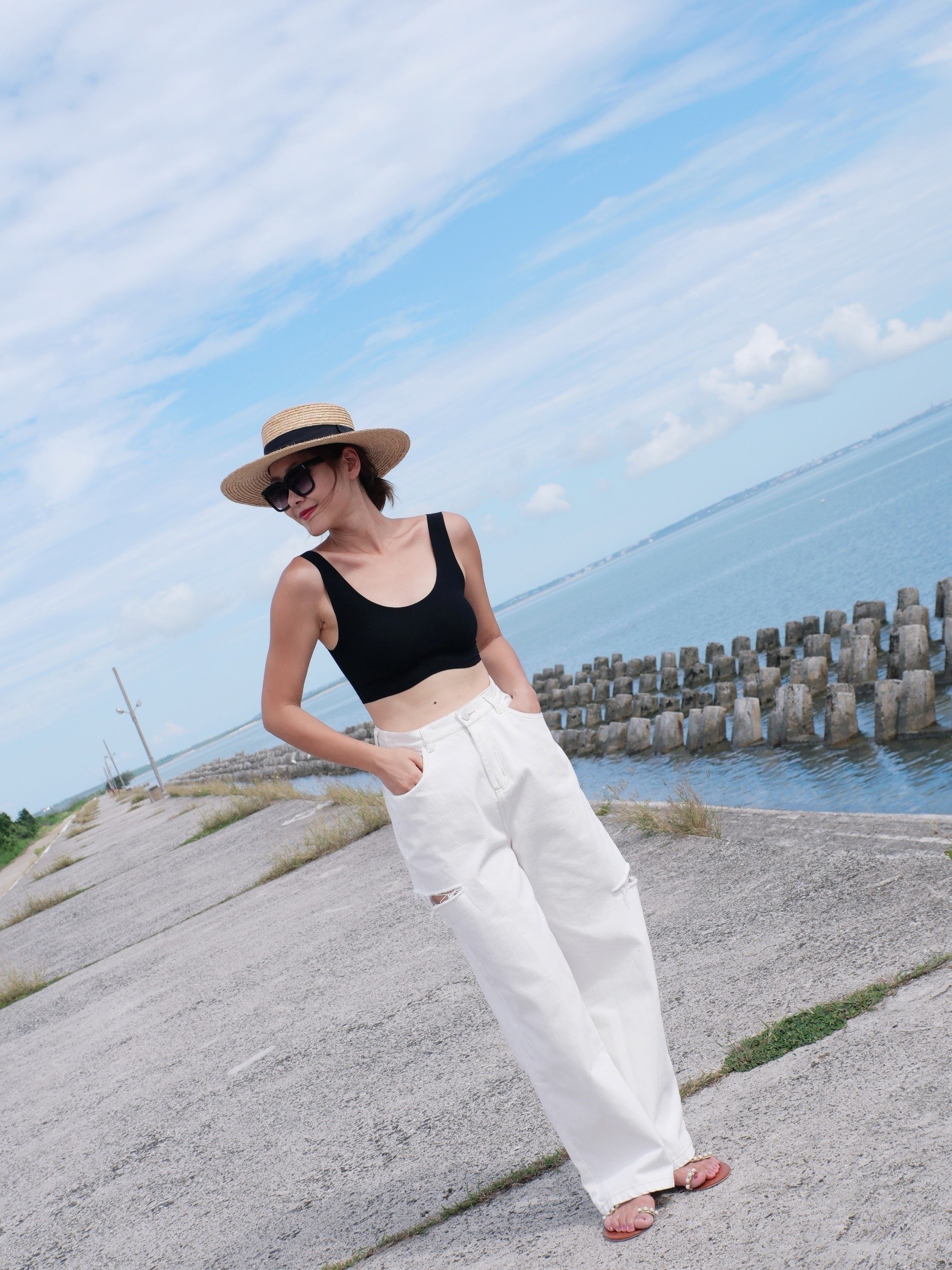please select your preferred language
please select your preferred language
Historically, industry discussions around innerwear have not been as significant as general apparel. However, this is now changing and it is clear that the market has much bigger potential than first imagined. Innerwear refers to clothes that come into direct contact with our skin, from categories like underwear such as bras, panties, boxers, etc., lounge wear such as knit tops and bottoms, tank tops, t-shirts to, of course, socks! In fact, innerwear is a booming industry. According to a report from Euromonitor, the global innerwear market was estimated to be worth USD 505 billion in 2019 with a compound annual growth rate of 5.3 percent from 2018 to 2023.
The impact of COVID-19 across the globe has seen an increase in the amount of time consumers spend at home. With less time spent outside of the house, the need to dress fashionably has been taken over by the desire to dress simply and comfortably while at home. This has resulted in an increased need for quality innerwear, as consumers seek comfortable, sustainable and durable products with a longer lifespan.
As part of the “TENCEL™ Insights” series, we sat down with Judy Chen, Head of Global Business Development, Innerwear at Lenzing, to discuss the current standing of the innerwear segment and emerging trends amid COVID-19.

Judy Chen, Head of Global Business Development, Innerwear at Lenzing
Q: With the outbreak of COVID-19 this year, what changes have you observed in the innerwear industry? What are the new industry trends?
Judy: The pandemic has brought about several lifestyle shifts. We know that consumers are now spending more time at home due to quarantine restrictions, so comfort has become a key consideration for many when it comes to home and innerwear. Home workouts are a great example of a new, but now common habit for many, so clothing materials and designs that fit our daily needs are of utmost importance. Consumers want products that are multi-functional – for example, a comfortable bra that can be worn even for low-intensity workouts like yoga or Pilates.
In fact, sports bras that are easy to wear on any occasion can offer added value to consumers, who are making more conscious purchasing decisions. If the fabrics are soft-stretch, breathable and anti-odor, that increases their appeal. In terms of fashion and style, consumers are gearing towards the “less is more” concept and prioritizing comfort over style. The past few months have also pushed consumers towards being more conscious of the environment and its protection, guiding them to make more sustainable garment choices such as considering factors like durability and longevity.
With retail outlets closed, consumers are being temporarily moved to online shopping platforms. For innerwear brands and retailers, this creates a challenge as consumers often want to make sure their innerwear fits perfectly. Without being able to try on their garments before buying, consumers may be hindered from making their purchases online. As a result, the innerwear industry is now promoting the idea of “one size fits all” - a design that is so versatile and adaptable, that it can fit many different shapes and sizes, with a softer stretch. I believe that this smart-sizing idea is going to penetrate traditional innerwear designs as e-commerce prevails, and as people look to avoid the hassle of returning clothing. Simplified sizing will not only minimize returns, but will boost confidence in online innerwear purchases, which traditionally have been lagging behind the wider apparel category.
Q: Given the current situation, what are the changes in consumer behavior and what are some of the challenges that lie ahead for the innerwear sector?
Judy: During this economic downturn, consumers have been more cautious with their spending and have less of a tendency to “impulse buy”. Carefully thought-out purchases lead consumers to looking for high-quality products that are value for money. They now opt for products that are not just comfortable, but also come with good support and will not easily wear out. There is a demand for products that offer freedom of movement and exceptional fabrics for everyday wear. Therefore, being able to use new technologies to innovate with sustainable materials and new product design while maintaining reasonable costs is key. This should be a clear goal for all industry players.

Photo credit: Holy*Holy